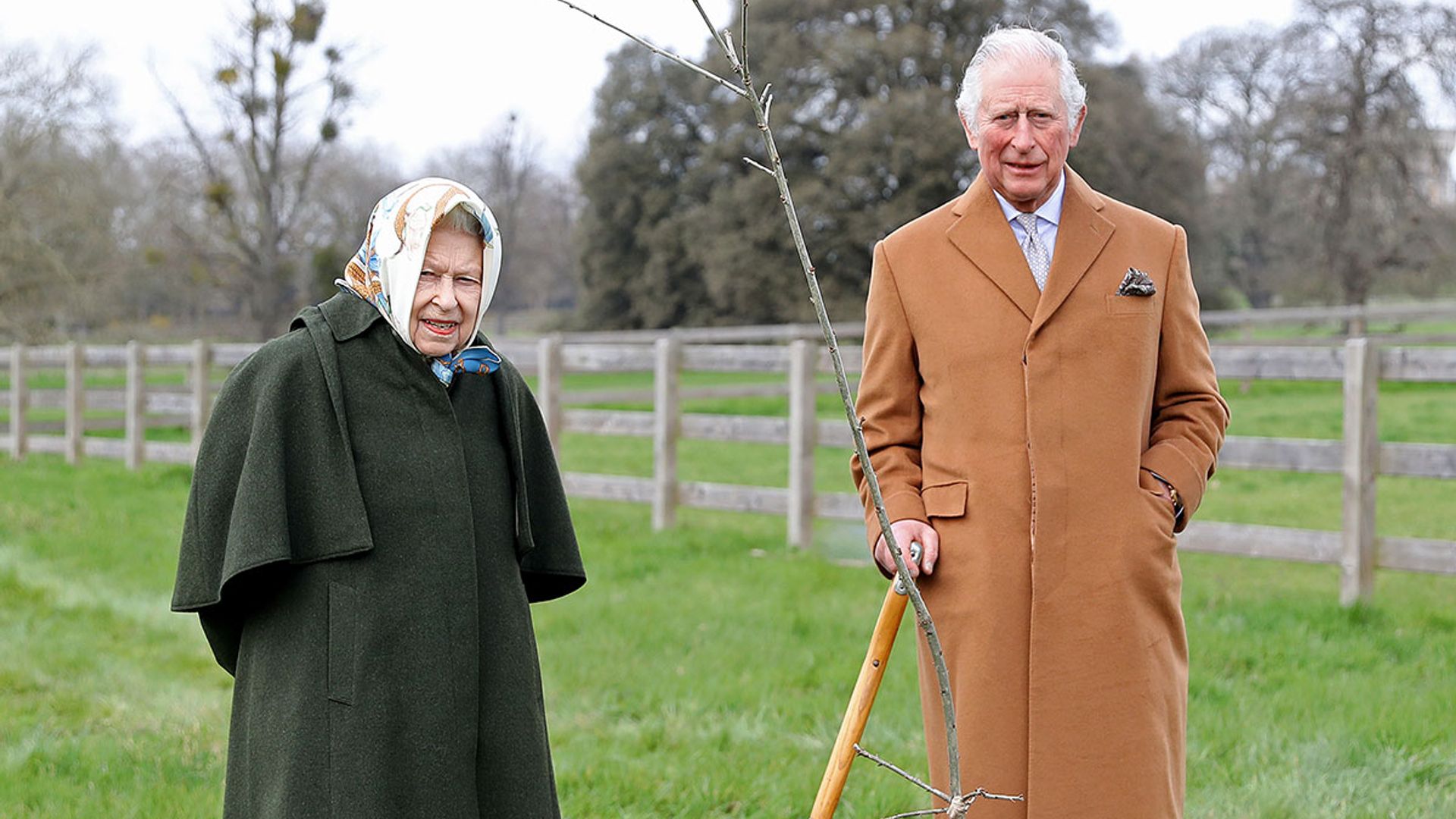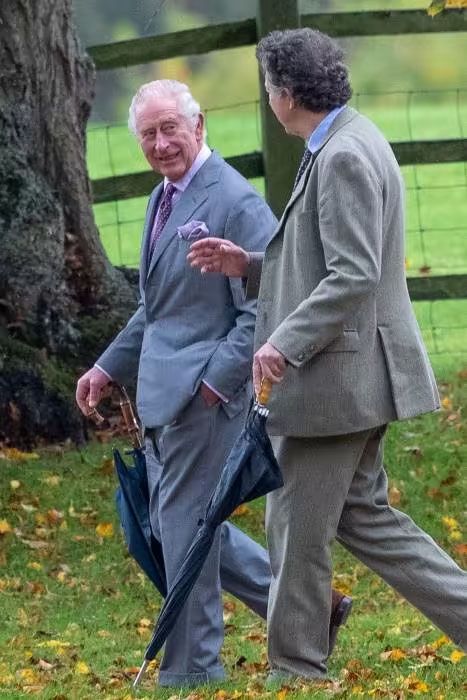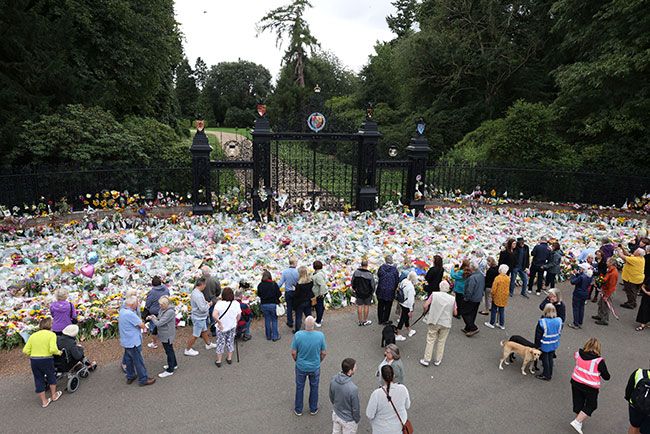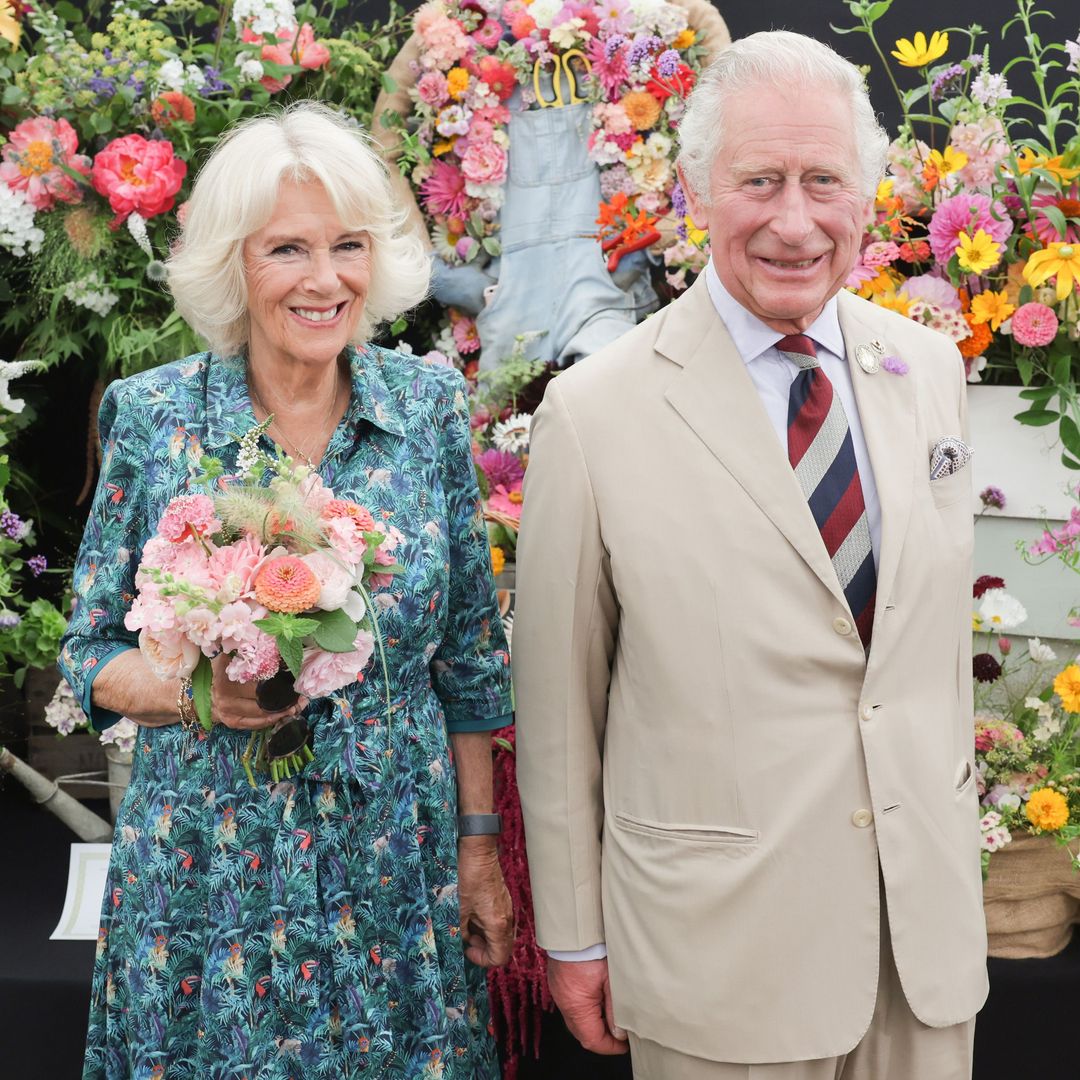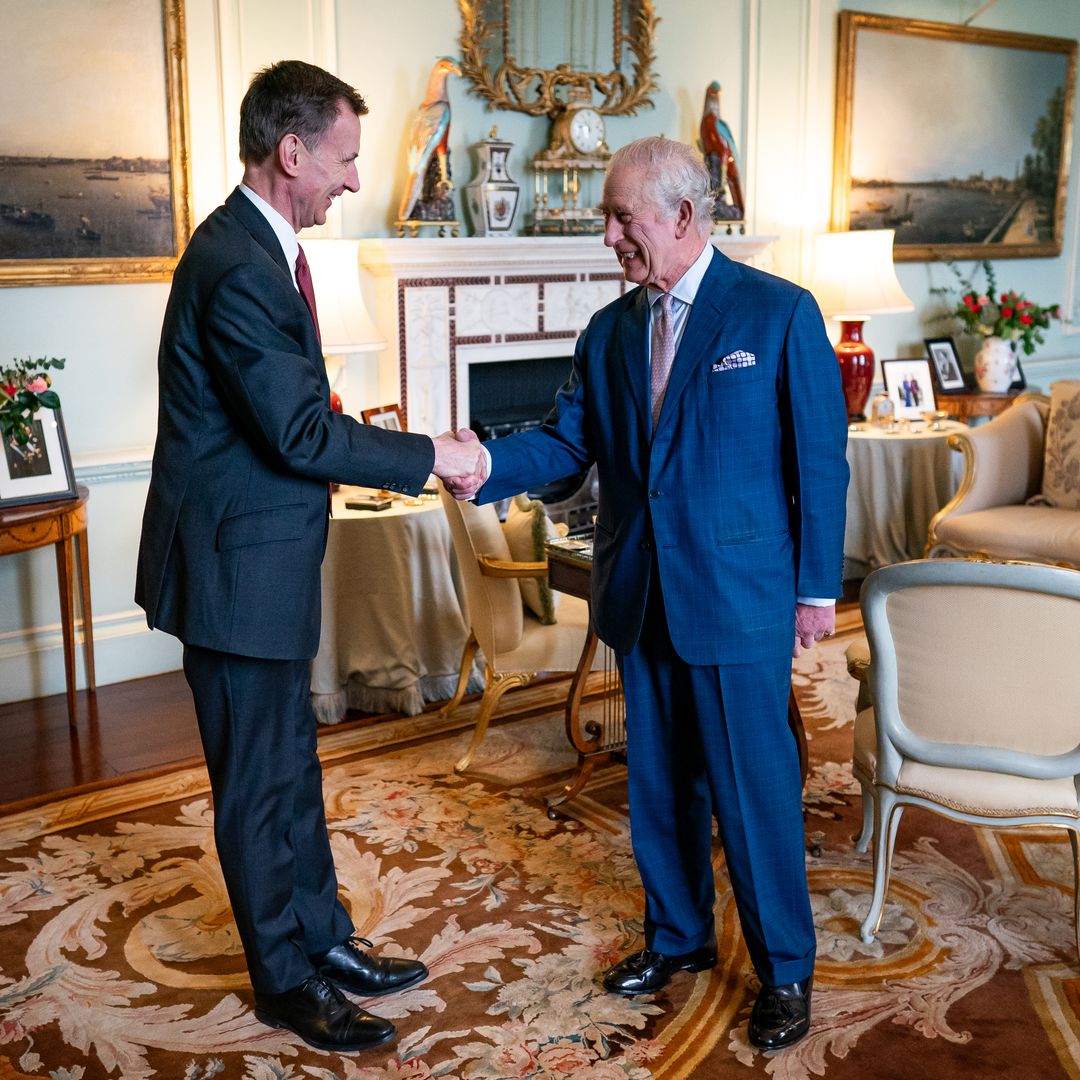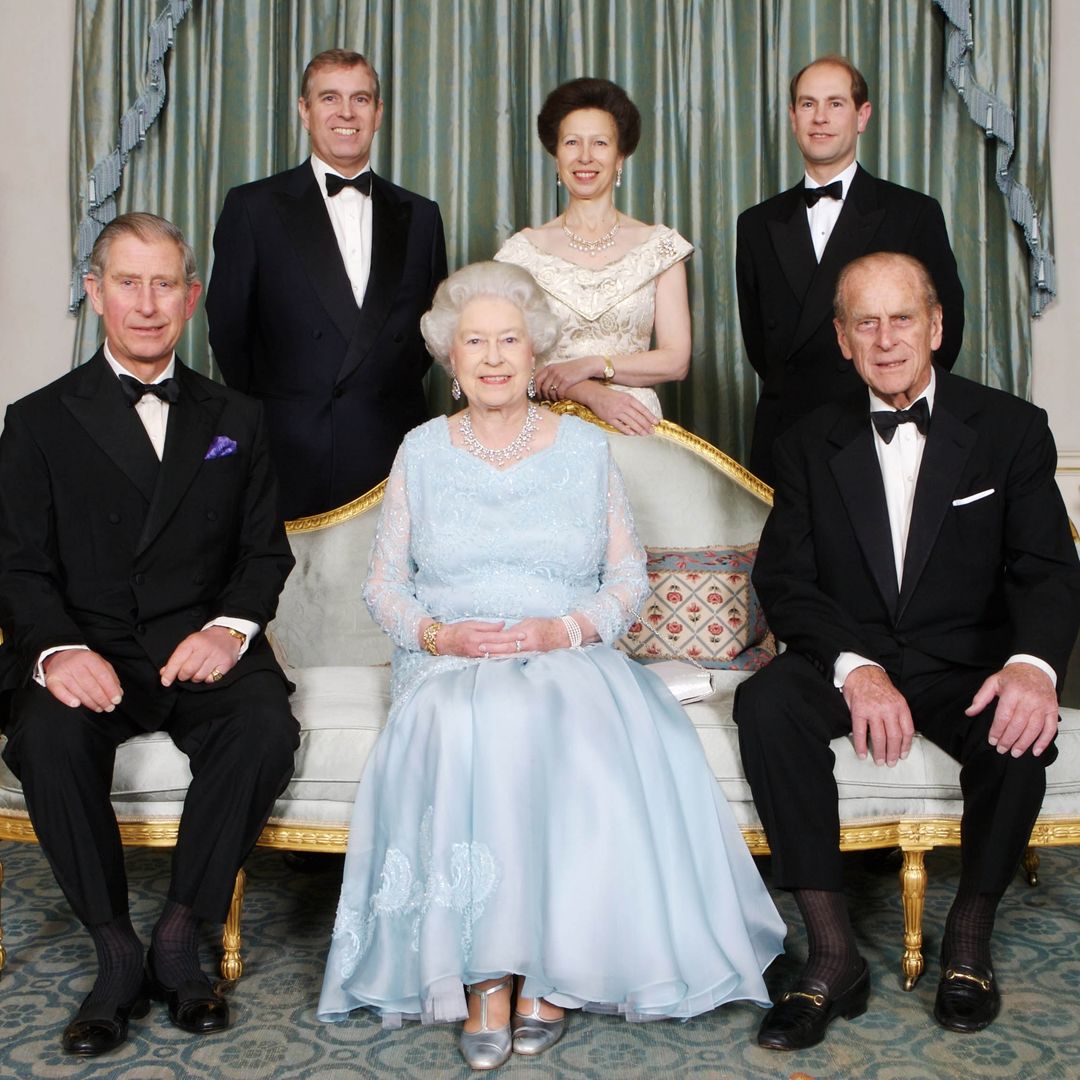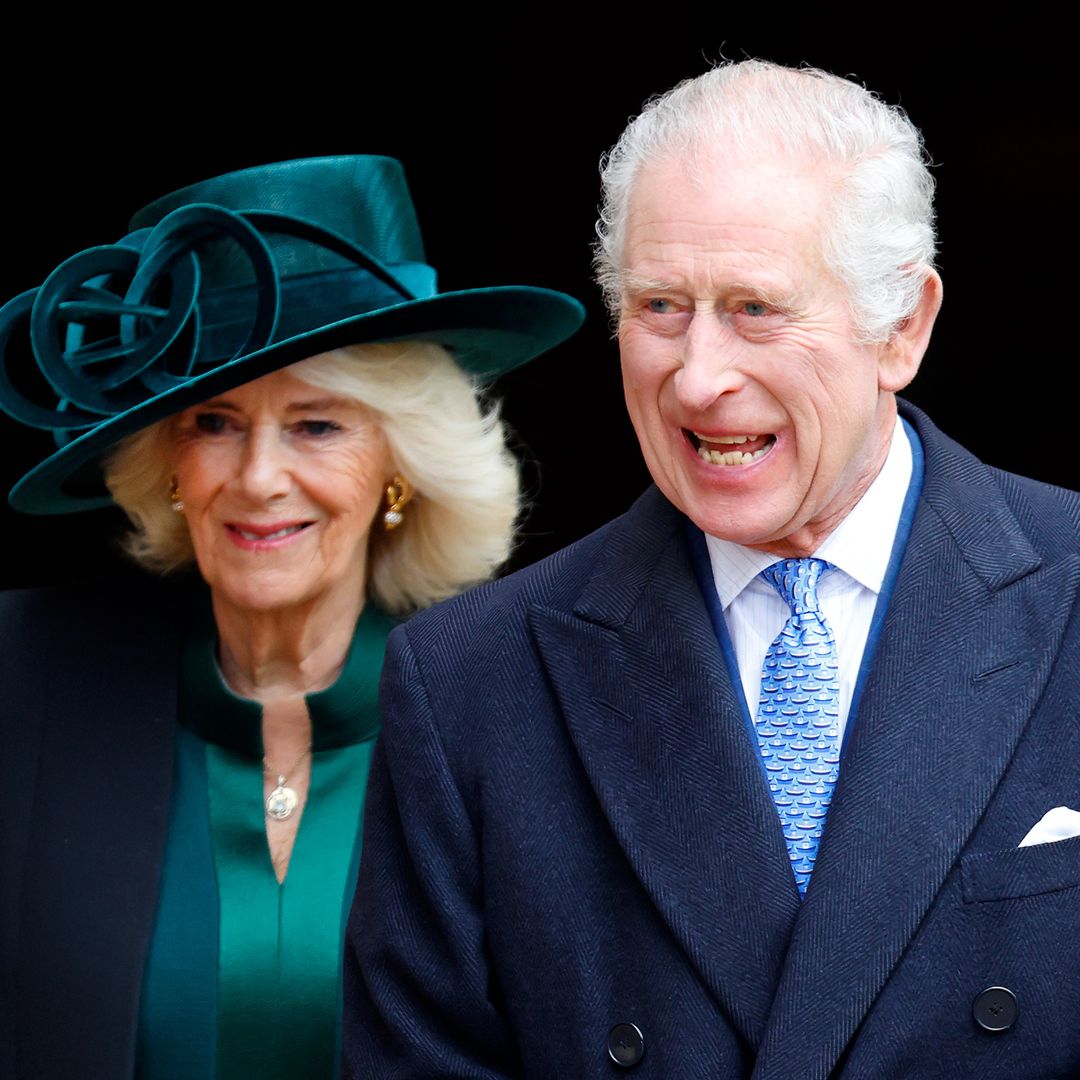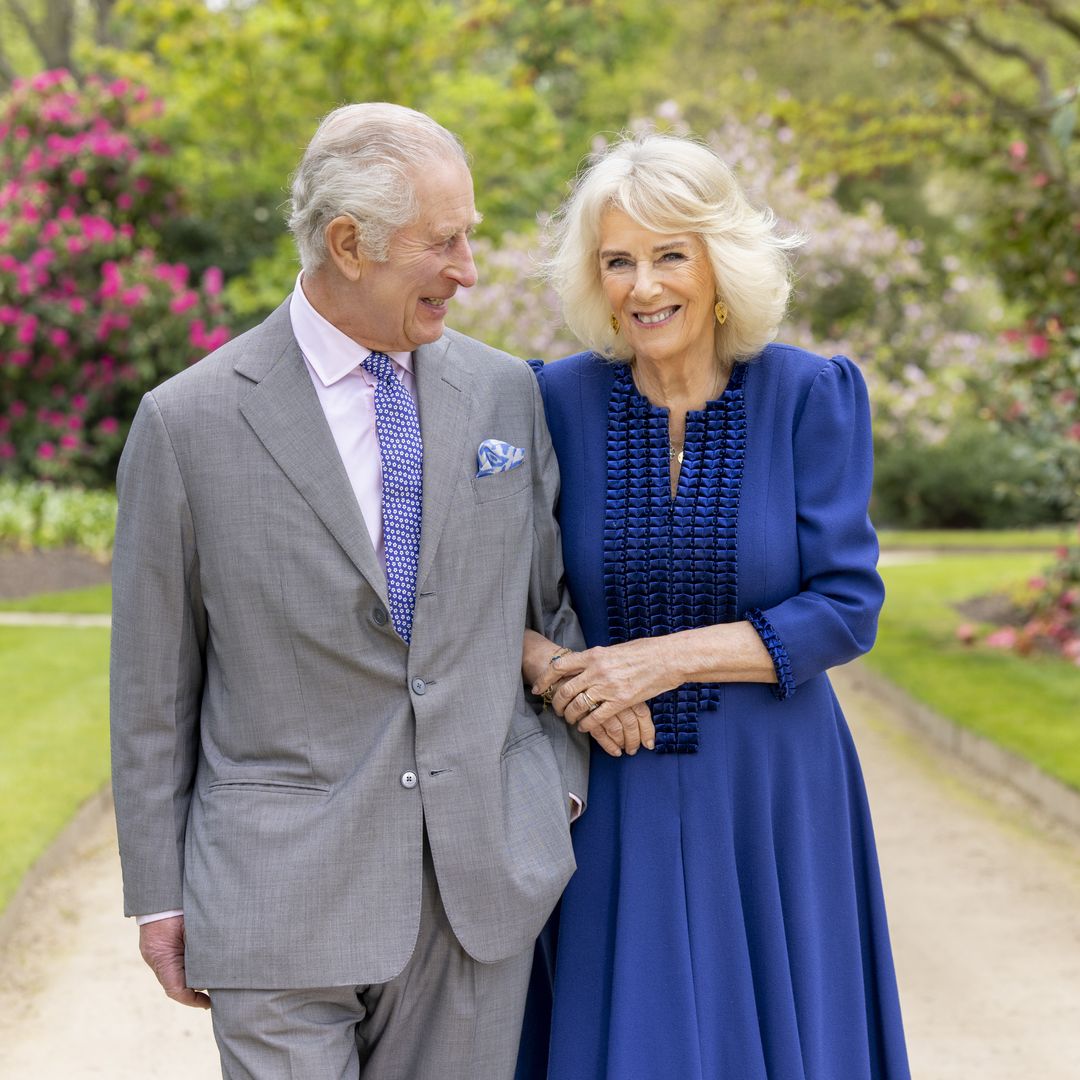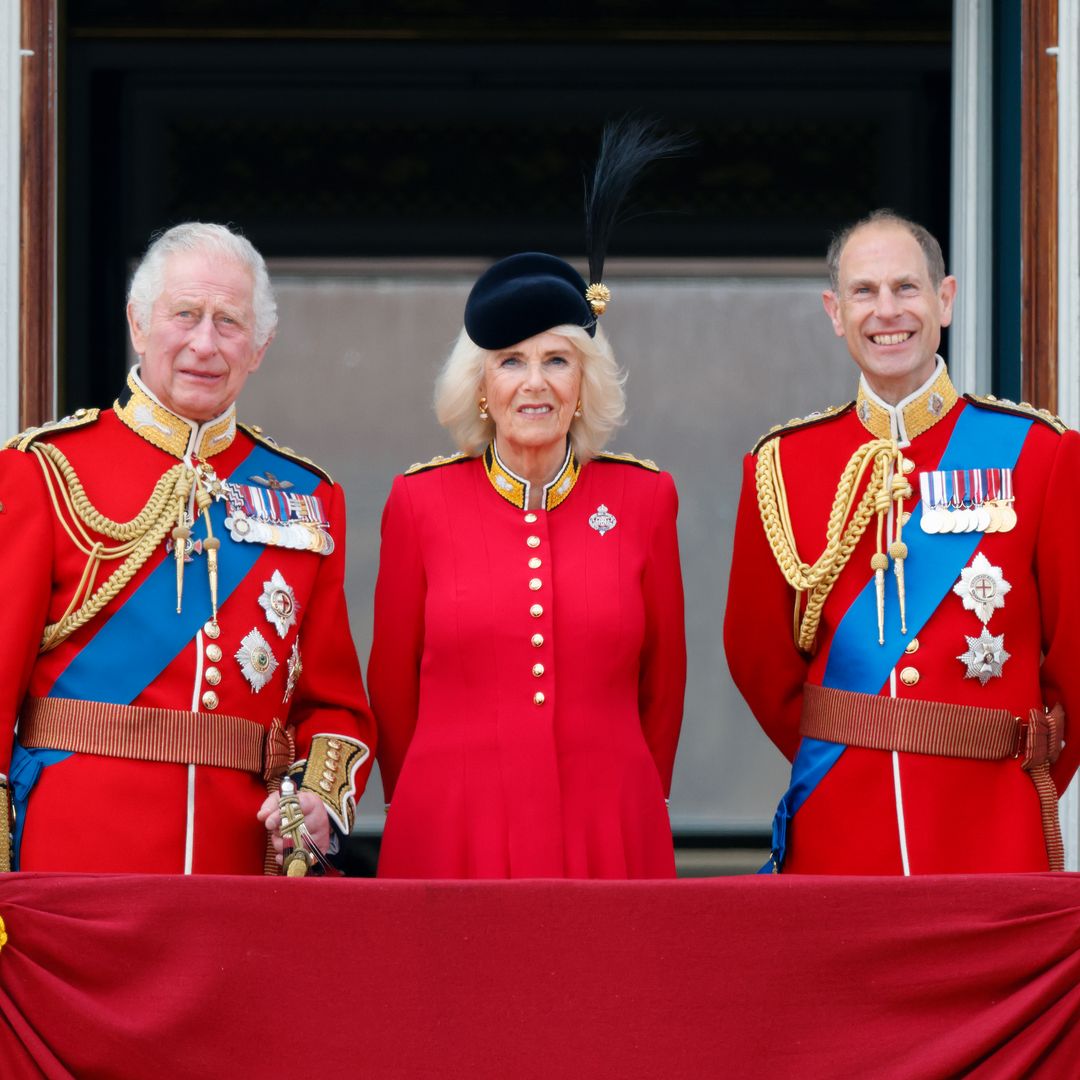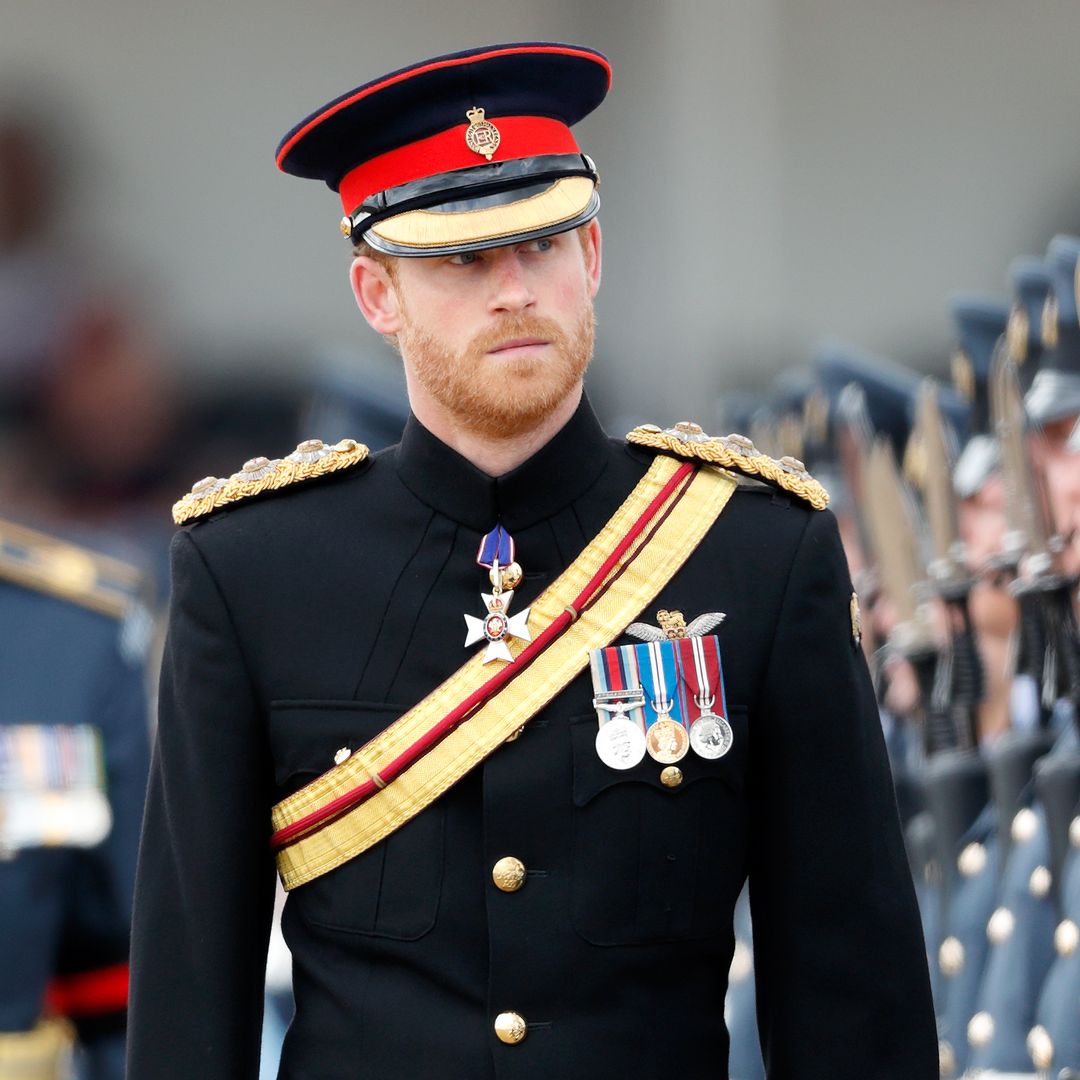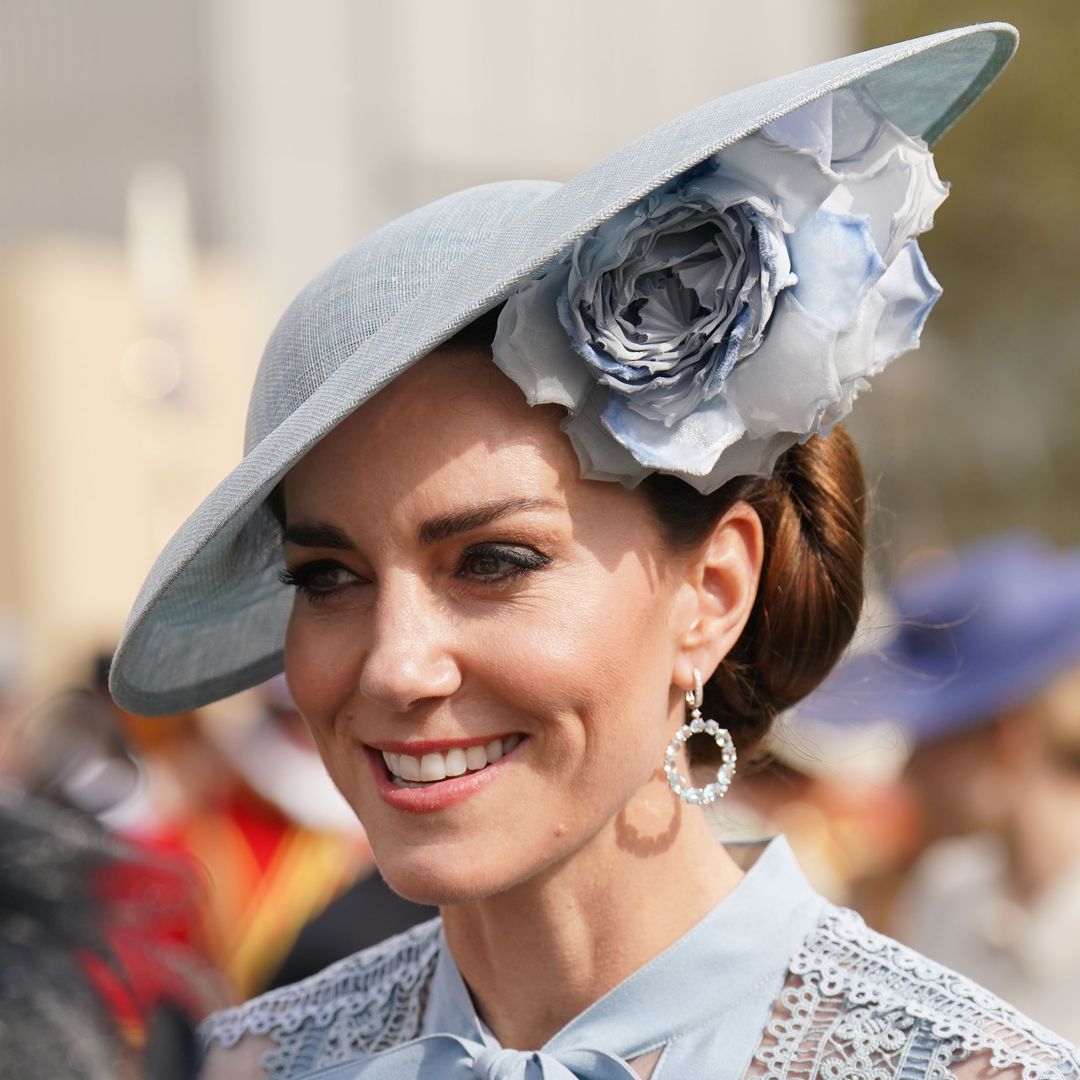King Charles has been up and down the country since ascending to the throne following the death of his mother the Queen in September.
MORE: King Charles has a very special wish for his granddaughter Princess Charlotte
The monarch was at his Scottish home, Dumfries House, near Cumnock, Ayrshire, when he heard of Queen Elizabeth II's ill health on the day of her death and has since stayed at Balmoral alongside his wife Queen Consort Camilla.
WATCH: The Repair Shop tease King Charles' appearance in new trailer
The royal couple have made several trips to London in the past month, attending to royal duties, including holding audiences at Buckingham Palace.
SEE: The Queen's historic Sandringham Estate received major upgrade – full tour
RELATED: Inside Prince William and Kate's beautiful Sandringham home
But this weekend, Charles made his first visit to Sandringham since the Queen's passing and was pictured walking to the church of St. Mary Magdalene for Sunday service at the Sandringham Estate.
King Charles attended church alongside former Lord chamberlain, the Earl Peel
The 73-year-old, who will celebrate his birthday in a few weeks, dressed in his Sunday best, in a grey suit with brown suede brogue-style shoes.
Last year, the then-Prince of Wales revealed his future plans for Sandringham, telling Country Life that he plans to turn it into a "fully organic operation".
Charles took over running the Norfolk property, where their family have traditionally celebrated Christmas, from his late father Prince Philip in 2017, and is now focused on running it in a way that works with rather than against the environment.
Thousands paid tribute to the Queen in Sandringham when she passed away
He told the magazine, "Since the beginning of the 1980s, when I first had responsibility for managing some land in my own right at Highgrove, I have wanted to focus on an approach to food production that avoids the impact of the predominant, conventional system of industrialized agriculture, which, it is increasingly clear to see, is having a disastrous effect on soil fertility, biodiversity and animal and human health."
He went on to explain, "It has always seemed to me somewhat logical to embrace a farming system that works with Nature and not against her, thus restoring the lost fertility and carbon-sequestration capacity of the soil on which we rely for our very existence upon this planet."
